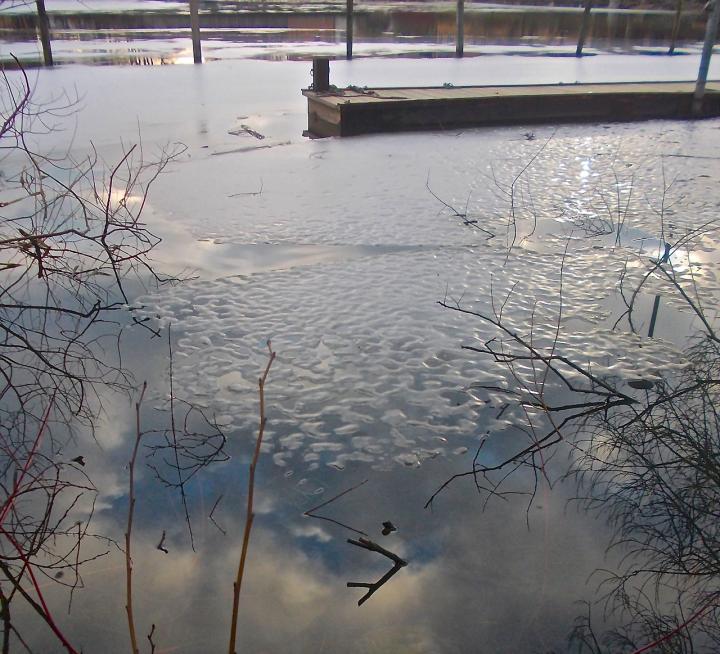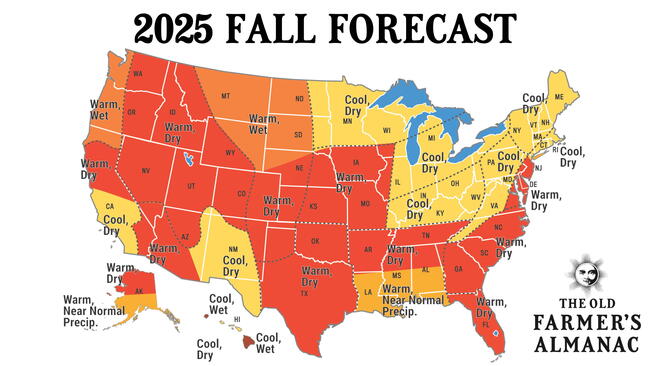
More Like This
I thoroughly enjoyed your recent piece on the weather maxims associated with January. The notion that the first three days can influence the next three months based on stable teleconnections like El Niño and the North Atlantic Oscillation is a compelling insight into long-term weather patterns. The observation about birds whistling in January as a precursor to upcoming frosts adds a delightful and poetic touch to weather predictions. Your article strikes a perfect balance between informative content and the charm of nature's subtleties. As we navigate through the often dreary days of winter, your work offers a refreshing perspective on the intricacies of seasonal changes. I eagerly anticipate more of your insightful and engaging articles in the future.










Comments